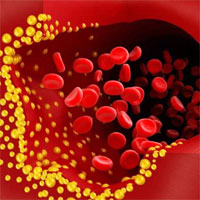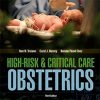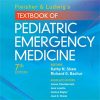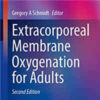CRT-targeted Fluid Resuscitation vs. Lactate-targeted in Septic Shock
annalsofintensivecare.springeropen.com
Capillary refill time (CRT)-targeted fluid resuscitation in septic shock was not superior to a lactate-targeted one on early fluid administration or fluid balances. However, it was associated with comparable effects on regional and microcirculatory flow parameters and hypoxia surrogates.
In addition, achievement of allocated targets was higher for CRT-guided resuscitation during the 6 h intervention period.
These data, although only hypothesis generating, expand the results of ANDROMEDA-SHOCK suggesting that potential benefits of CRT-targeted resuscitation should be tested in future studies beyond the limits of very early septic shock.
Forty-two fluid-responsive septic shock patients were randomized into CRT-T or LAC-T groups. Fluids were administered until target achievement during the 6 h intervention period, or until safety criteria were met. CRT-T was aimed at CRT normalization (≤ 3 s), whereas in LAC-T the goal was lactate normalization (≤ 2 mmol/L) or a 20% decrease every 2 h.
Multimodal perfusion monitoring included sublingual microcirculatory assessment; plasma-disappearance rate of indocyanine green; muscle oxygen saturation; central venous-arterial pCO2 gradient/ arterial-venous O2 content difference ratio; and lactate/pyruvate ratio.















